I'm really out of my comfortzone when I have to monitor memory. But I'm the only one here, and I'm just left clueless: I have a Java8 application (CMS) on a Tomcat application-server running, and where in some trouble. After a while the server crashes.
After some research, I found out it is memory related, so I attached visualVM on my environment, and started monitoring.
I see that the memory is slowly filling up. Garbage Collection does it's job, but not thoroughly. It always leaves some more memory in the used heap. When I do a manual 'Perform Garbage Collection' in visual VM, the garbage collection is performed much better. (See screenshots)
It'll take several hours, but the used heap will grow larger and larger again after each garbage collection. The moment that I will manually preform GC again, the minimal used heap will be 'normal' again.
I have noticed that the heap fills with byte[]. Those will fill the most of the space. Someone could help me out on this?
